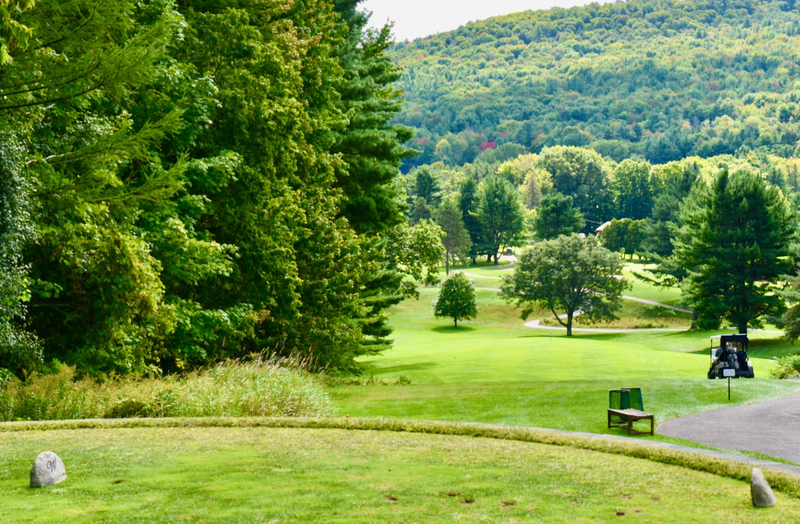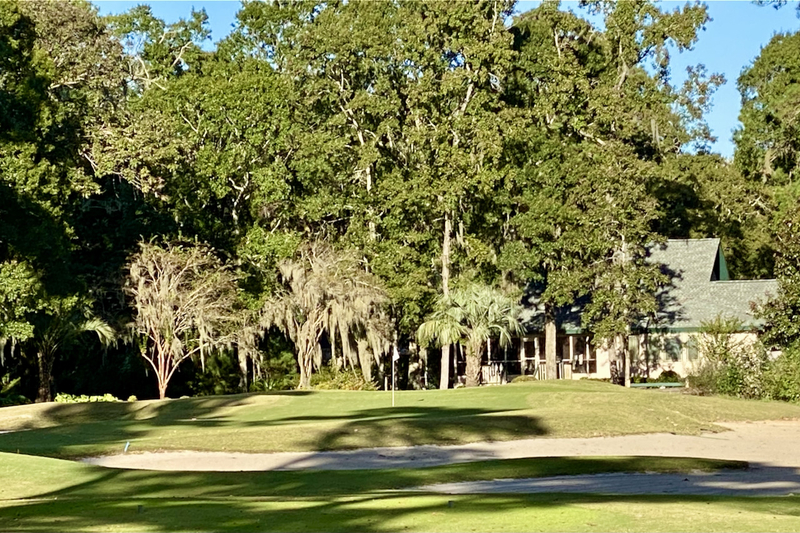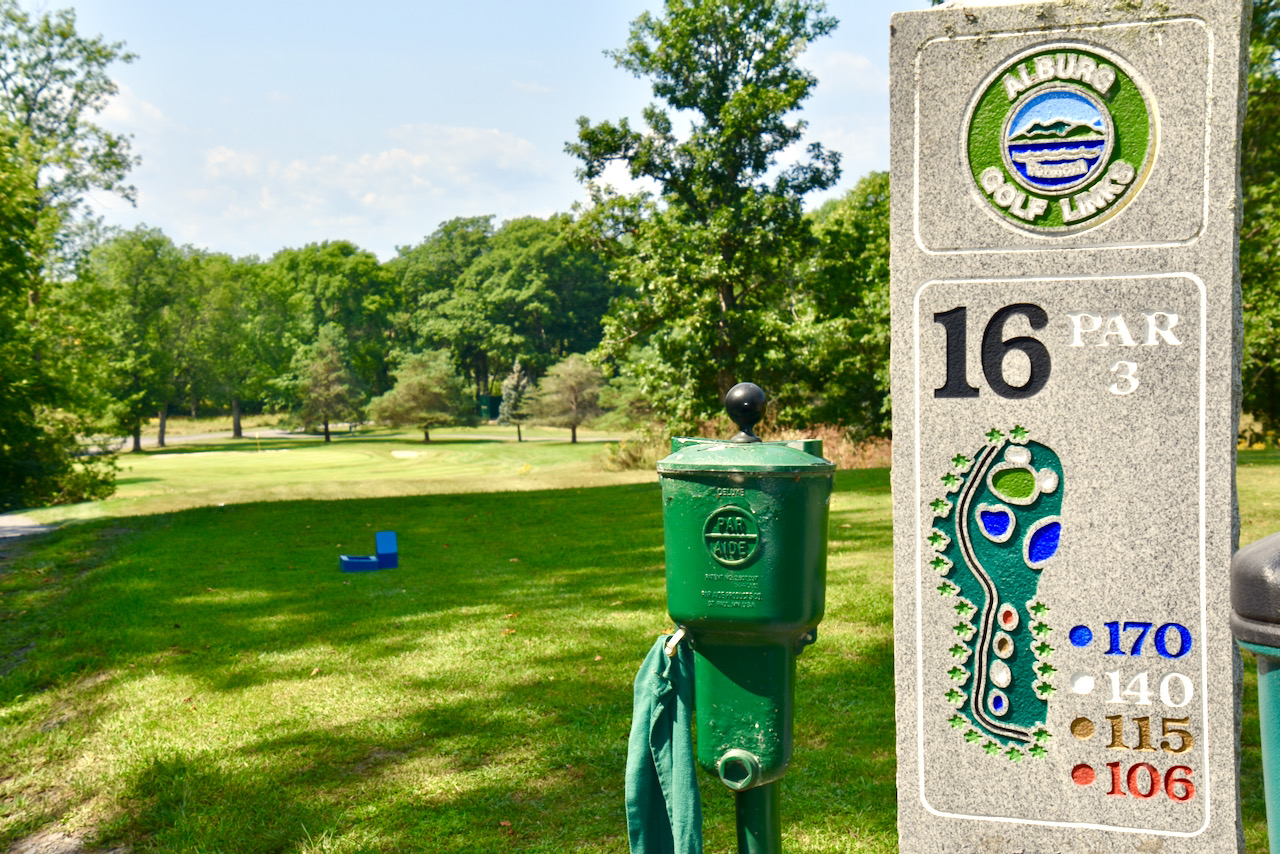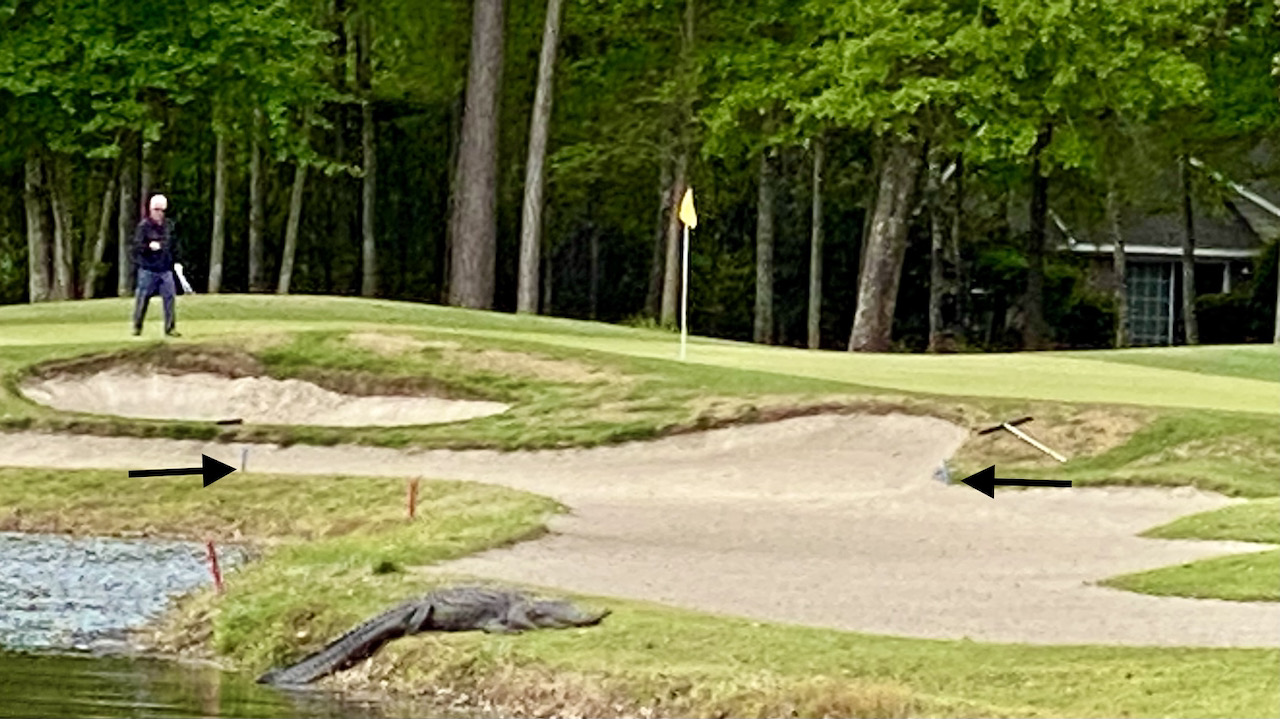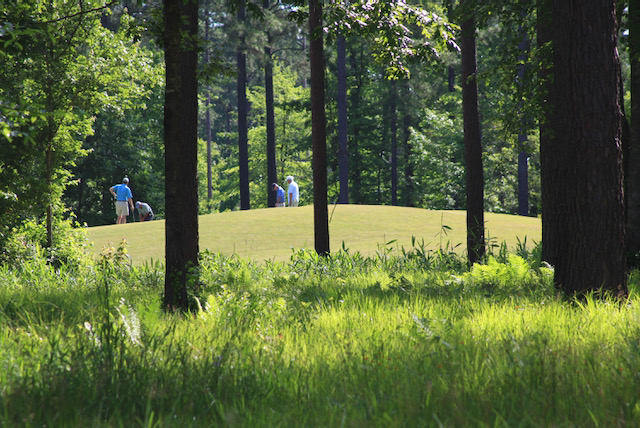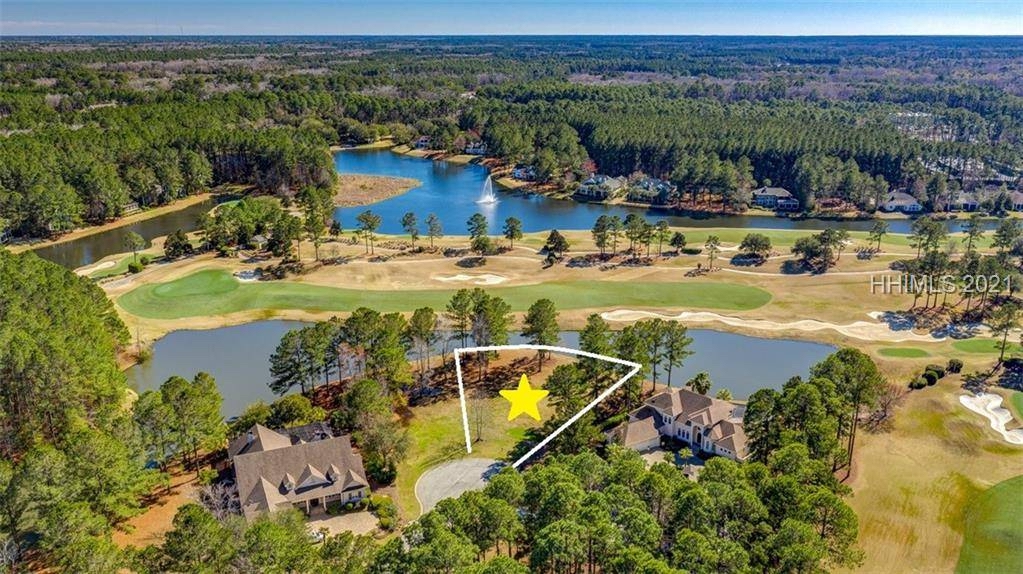August
was the best month in Golf Community Reviews' short happy life. Almost 4,000 separate visitors made
7,500 visits to the site last month and read more than 43,000 pages of
material, surpassing our previous best months by
Developers
pay Web sites to wrap promotion and hype in the guise of "editorial"
information. I am paid nothing by
developers, and I insist on paying for my green fees when I visit.
significant margins. The humble
part of me believes the extra traffic, especially in a summer month when every
golfer should be outdoors hitting the ball around, signals a reinvigorated
confidence in the housing market.
Maybe, just maybe, my Baby Boomer cohorts have picked themselves up,
brushed off the assaults on their portfolios and home values, and are ready
(again) to begin the search for a new life in a home on the course.
This is more than wishful thinking;
in August, I received the most inquiries ever about specific
areas in the southeast and about the specific golf communities in those
areas. I answer every inquiry
I receive fully and with the offer to do further research and make some recommendations
without any obligation or fees, whatsoever. You can reach me through the "Contact Us" button above, or
by clicking here.
The
less humble side of me is convinced that the quality of Golf Community Reviews
has something to do with its success at attracting those with an interest in
golf real estate. Since the
beginning about 30 months and
I will never
recommend a community or golf club I have not personally visited and played.
nearly 1,000 articles ago, I have tried to provide timely observations about
the housing market, especially as it relates to planned residential communities
with golf courses at their core. I
have buttressed my general opinions with specific, objective, unbiased reviews
of communities I have visited. To
this date, Golf Community Reviews is the only site that "reviews" golf
communities rather than promotes them.
Developers pay other sites to wrap promotion and hype in the guise of
"editorial" information. I am paid
nothing by developers for reviewing their communities, and when I visit, I
insist on paying for my green fees.
I will never recommend a community or golf club I have not personally
visited and played.
A home on a golf course could very
well be the last major investment many of us make, and I take seriously my
responsibility as the enemy of all the hype out there -- on the Internet, in
publications like Where to Retire, and especially in developers' sales offices.
To my faithful readers, I am grateful
that you noticed.










